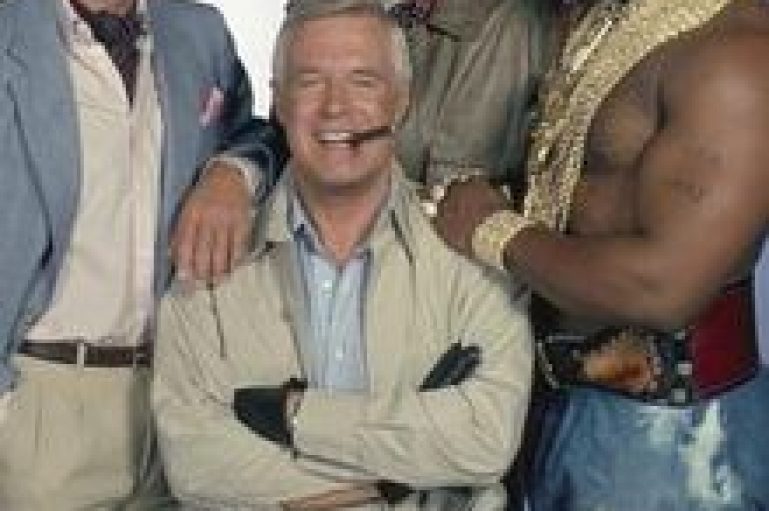The A-Team was an American action-adventure television series, running from 1983 to 1987, about a fictional group of ex-United States Army Special Forces personnel who work as “soldiers of fortune”, while on the run from the Army after being branded as war criminals for a “crime they didn’t commit”. The A-Team was portrayed as acting on the side of good and helping the powerless or oppressed (a would-be modern Robin Hood theme). The show remained prominent in popular culture for its cartoonish, over-the-top violence, its characters’ ability to form weaponry and vehicles out of old parts and its humour – some of the show’s catchphrases (“I love it when a plan comes together” and “I ain’t gettin’ on no plane”) also made it on to T-shirts and other merchandise. Perhaps the biggest draw-card, however, was the cast – John “Hannibal” Smith (Master of Disguise), Templeton “Faceman” Peck (Master of the Persuasive Arts), Bosco Albert “B.A.” Bad Attitude Baracus (Muscle for the A-Team) and H M “Howling Mad” Murdock (The Insane A-Team’s Pilot). Although they got on each other’s nerves frequently on the show, some key characteristics bound them together as a team:
- They had a common vision – the clearing of their names with the US Military
- They had a noble mission – assisting the disempowered and oppressed
- They relied on each other’s strengths – each member of the A-Team had his role to play
- They had fun – they loved what they did (blowing up things and saving the day) and revelled in doing it
The above four characteristics became the glue that held them together as a team. Unfortunately, the same is not always true in organisations where teams may fail for a variety of reasons, some of which are listed below:
- Little or no trust in leadership – managers behave themselves into a place where they are not trusted
- A lack of clarity in terms of purpose and goals – fuzzy priorities are one of the main reasons for team failure
- An inability to put team goals before personal agendas – selfishness and disruptive motives drive dysfunctionality within the team context
- Lack of organisational involvement and recognition – a deficit of key stakeholder support can cause the team to feel marginalised
- Leadership doesn’t extend trust to the team – over-managing can form a barrier to high performance
- Little focus is applied to interpersonal dynamics and relational commitment in the quest for urgent implementation – ignoring relational issues can lead to more serious problems at a later stage
- A disregard for the need for ongoing team maintenance and development – feedback, training, relational development and recognition are all necessary ingredients to grow the team
Casey Stengel noted: “It’s easy to get good players. Getting them to play together, that’s the hard part”. Leadership has a huge responsibility in cultivating a vision for team effectiveness. Vision, mission, values, strategic goals, the big picture (the way ahead), resources, budget and corporate culture all lie in the hands of leadership. They must all be accurately and efficiently transferred to teams for teams to be truly effective.











Hi,
I am from Standard Profil ( SP) Rubber Sealing here in Cape Town, I had a privilege of working with Jonathan whom is currently giving us Leadership training till this coming Sat- 10th May 2014 at our premises in Parow and I must say this site has really broaden up my horizon and will use it often to equip me in my quest to make a difference at SP but that has to start with me first
Regards
Thulani